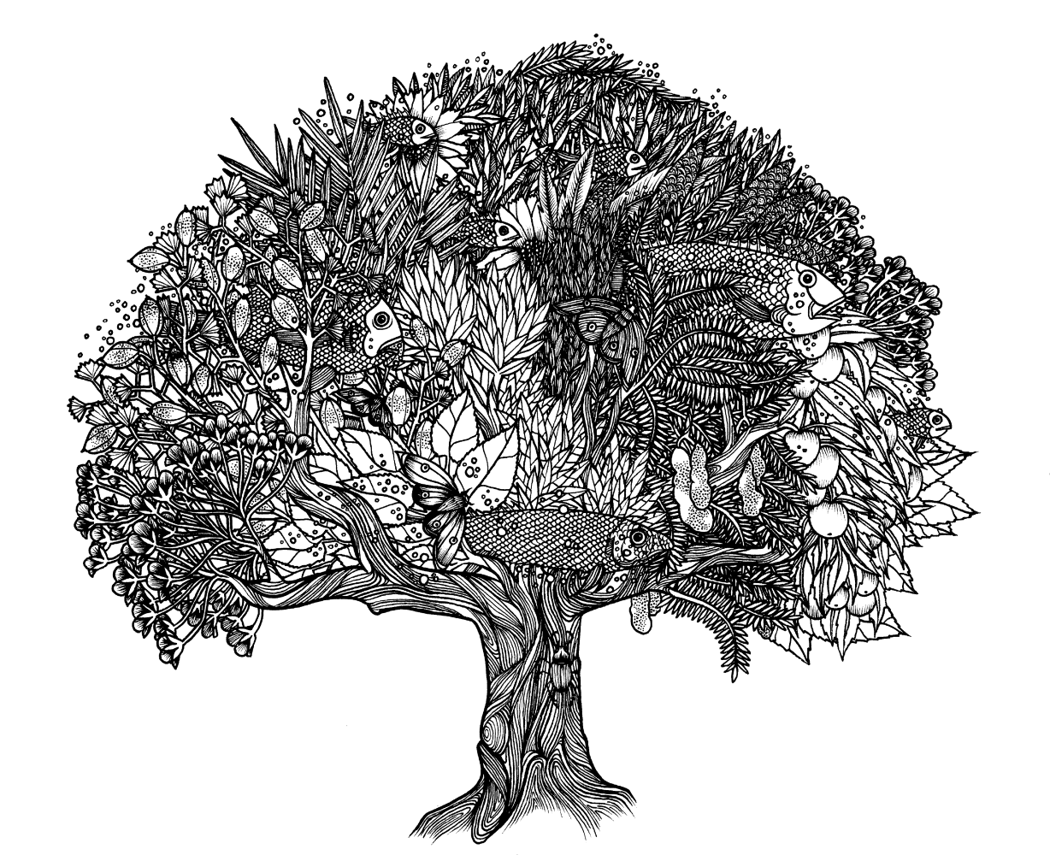What ingredients are in our feed?
Aquaculture feeds contain essential nutrients that should be delivered in the right quantities to keep fish and shrimp growing well and healthily.
These nutrients come from a variety of different sources. In addition to fish meal and fish oil, they often contain other vegetable-based meals and oils, fish trimmings and processed by-products from land animals. Skretting feeds can contain up to 50 ingredients to ensure a complete and balanced nutritional profile.
These could include:
- Agricultural crops such as wheat gluten, corn gluten, soybean meal, soy protein concentrate, rapeseed meal, sunflower meal, lupin and faba bean
- Wild-capture fish and crustaceans for ingredients such as fish meal, crustacean meal and fish oil
- By-products from farmed land animals such as poultry meal, feather meal, blood meal and poultry oil
- By-products from wild-capture fish and crustaceans such as fish meal, crustacean meal
- By-products from farmed fish and crustaceans such as fish meal, crustacean meal, fish oil and salmon oil Novel ingredients such as insect meal and algal oil
- Novel ingredients such as insect meal and algal oil
- Micro-ingredients, including vitamin and mineral premix and pigment
Much like humans, fish and shrimp have specific nutritional requirements, including protein, fat, carbohydrates, vitamins and minerals. The nutrients in our feeds come from a range of natural raw materials, depending on the species and the life stage they have reached. Aquaculture feeds, most commonly provided in the form of dried pellets, contain all of the essential nutrients needed to keep fish and shrimp healthy and growing, and support the needs over the different life stages.
Fish meal and fish oil are two of the more commonly known marine ingredients sometimes used in aquaculture feeds. Fish meal is a powder obtained after cooking, pressing, drying and milling fresh raw fish, while fish oil is a liquid pressed from the cooked fish. Both are produced from harvesting short-lived, fast-growing stocks of small, bony and oily fish for which there is little or no demand for human consumption. Offcuts not suitable for human consumption, and resulting from seafood processing, are an increasingly large contributor to fish meal and fish oil production. Skretting has strict policies in place for sustainable sourcing of raw materials.

MicroBalance
One of the most innovative developments from Skretting in recent years has been the development of fully flexible feeds, made possible through an innovative concept we call MicroBalance. Substituting ingredients is not as easy as you might expect – micronutrition must be fully understood an accounted for to ensure health and growth are not compromised. Many years of R&D at Skretting Aquaculture Research Centre (ARC) have ensured that we can now make feeds that are fully flexible when it comes to raw materials, and that they satisfy the needs of the fish and shrimp, without any negative effects on animal health and performance.
We recognise that one of the most positive impacts we can have in the context of sustainability is to ensure that we manufacture our feeds from responsibly sourced raw materials. We therefore endeavour to improve the sustainability of our purchasing and feed formulas.
Frequent questions on feed ingredients
What ingredients are in our feed?
Aquaculture feeds contain essential nutrients that should be delivered in the right quantities to keep fish and shrimp growing well and healthily. These nutrients come from a variety of different sources. In addition to fish meal and fish oil, they often contain other vegetable-based meals and oils, fish trimmings and processed by-products from land animals.
Are the raw materials that we use in our feeds responsibly sourced?
Yes. At Skretting, we maintain that one of the most positive sustainability impacts that we can have is to ensure that we manufacture our feeds from responsibly sourced raw materials.
Are the animal by-products used in aquaculture feeds dangerous to human health?
No. The safety of animal by-products has been proven by numerous scientific studies. Utilising these raw materials that would otherwise go to waste also helps to dramatically reduce the amount of fish meal and fish oil used by the industry.
Do salmon and trout feeds contain colouring?
In the wild, the flesh of salmon and trout can be a red/pink colour, due to an antioxidant called astaxanthin. Astaxanthin is produced in natural waterways by algae, yeast and bacteria, all of which are in the food chain of salmonids. Astaxanthin is an essential nutrient for salmon. It is required to remain healthy and disease free.
Do feeds contain growth hormones or antibiotics?
No. Skretting feeds do not contain any growth-promoting hormones. In some markets, antibiotics are added to Skretting feed upon customer request and per veterinary prescription, in accordance with specific rules established by law.
Do feeds contain chemicals or preservatives dangerous to human health?
No. Aquaculture feeds are subject to strict checks to ensure that they do not pose any threat to human health. Any preservatives used must comply with laws and regulations governing their use.
What is ethoxyquin and is it safe?
Ethoxyquin is an antioxidant that protects and maintains the quality of the omega-3 fatty acids in fish meal, particularly during transport and storage.
What are fish meal and fish oil, and why are they used in aquaculture feeds?
Fish meal is a powder obtained after cooking, pressing, drying and milling fresh raw fish, while fish oil is a liquid pressed from the cooked fish. Both are produced from harvesting short-lived, fast-growing stocks of small, bony and oily fish for which there is little or no demand for human consumption.
How much wild fish is needed to feed farmed fish?
Skretting now has the knowledge and R&D to produce Atlantic salmon feeds requiring zero fish meal, and zero fish oil. We invest in R&D that provides full flexibility.
Do we use novel ingredients in our feeds?
Yes. Skretting is in full support of the development of novel ingredients and we have been using some of these in our diets with the support of those customers.